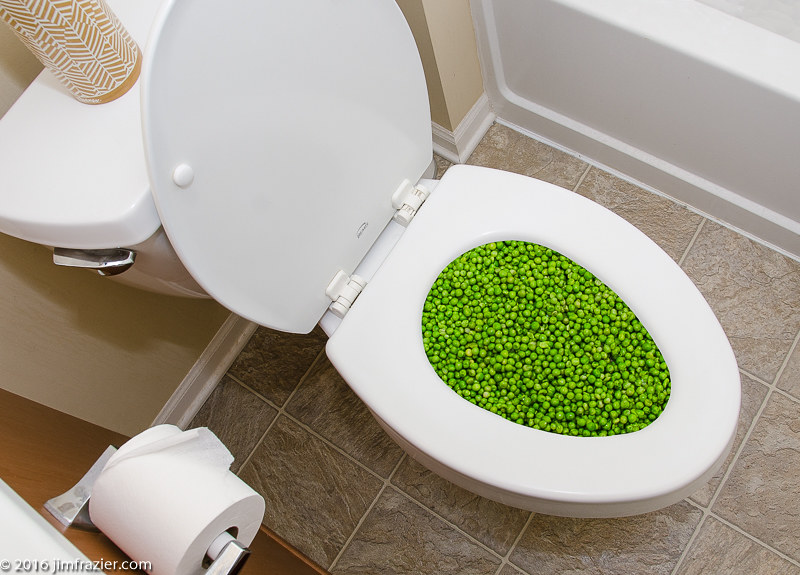Is it Logical to Flush Food in the Toilet?
Schedule A Service CallThe writer is making a number of good points regarding What Can Happen If You Flush Food Down the Toilet? in general in this great article in the next paragraphs.

Introduction
Lots of people are often confronted with the problem of what to do with food waste, particularly when it concerns leftovers or scraps. One common concern that occurs is whether it's all right to purge food down the commode. In this write-up, we'll explore the reasons individuals could think about flushing food, the consequences of doing so, and alternative approaches for appropriate disposal.
Reasons people may take into consideration flushing food
Absence of awareness
Some people might not know the possible harm triggered by purging food down the bathroom. They might mistakenly believe that it's a safe practice.
Comfort
Flushing food down the toilet may appear like a quick and easy service to getting rid of undesirable scraps, especially when there's no neighboring garbage can available.
Laziness
In many cases, individuals might just choose to flush food out of large idleness, without taking into consideration the repercussions of their activities.
Repercussions of flushing food down the toilet
Environmental effect
Food waste that winds up in waterways can contribute to pollution and injury aquatic ecosystems. In addition, the water utilized to flush food can strain water resources.
Plumbing problems
Flushing food can lead to clogged pipelines and drains, causing pricey pipes repairs and aggravations.
Kinds of food that must not be flushed
Coarse foods
Foods with coarse structures such as celery or corn husks can get entangled in pipes and cause clogs.
Starchy foods
Starchy foods like pasta and rice can soak up water and swell, causing obstructions in pipes.
Oils and fats
Greasy foods like bacon or cooking oils should never be purged down the toilet as they can solidify and trigger blockages.
Appropriate disposal approaches for food waste
Using a garbage disposal
For homes furnished with waste disposal unit, food scraps can be ground up and purged through the plumbing system. However, not all foods are suitable for disposal in this way.
Recycling
Specific food product packaging materials can be reused, lowering waste and decreasing ecological influence.
Composting
Composting is an environment-friendly method to deal with food waste. Organic products can be composted and made use of to enhance soil for horticulture.
The value of proper waste management
Reducing environmental injury
Appropriate waste management techniques, such as composting and recycling, help minimize contamination and maintain natural resources for future generations.
Protecting plumbing systems
By preventing the method of flushing food down the toilet, house owners can prevent costly plumbing repair services and keep the honesty of their pipes systems.
Verdict
Finally, while it might be alluring to purge food down the commode for benefit, it is very important to recognize the possible consequences of this action. By adopting appropriate waste monitoring practices and throwing away food waste properly, people can contribute to much healthier plumbing systems and a cleaner atmosphere for all.
FLUSH FOOD DOWN THE TOILET?
FLUSHING FOOD CAN CAUSE BLOCKED DRAINS IN YOUR HOME
All of the plumbing fixtures in your home are connected to the same sewer pipe outside of your home. This outdoor sewer pipe is responsible for transporting all the wastewater from your home to the Council sewer mains. Even small pieces of food that go down the kitchen sink can cause problems for your sewer. It should therefore be obvious that flushing larger bits of food, such as meat, risks a clog in either the toilet itself or the sewer pipes. Flushing greasy food is even more problematic because oil coagulates when it cools, coating the interior lining of your pipes.
THE TOILET IS NOT A BIN
Food isn’t the only thing that people shouldn’t be flushing down the toilet. People use the toilet to dispose of all kinds of things such as tampons, makeup wipes, dental floss, kitty litter and even underwear. Water goes to great lengths to educate residents about the high costs and stress placed on wastewater treatment systems simply from people flushing the wrong stuff down the toilet. It costs taxpayers millions of dollars each year, and homeowners thousands in blocked drain repairs.
FLUSHING FOOD IS A WASTE OF WATER
Flushing food is a waste of our most precious resource - water. In June this year Level 1 water restrictions were introduced to protect water supply from drought conditions. Much of New South Wales continues to be affected by prolonged drought with recent figures revealing up to 97 per cent of the state remains in drought. Depending on whether you have a single or dual flush toilet, every single flush uses between five and 11 litres of water. In the current climate this is a huge amount of water to be wasting on flushing food that should be placed in the bin (or better yet, the compost).
https://www.jabplumbingsolutions.com.au/blog/can-you-flush-food-down-the-toilet

Do you appreciate more info about Think Twice Before Flushing Food Down Your Toilet? Put a remark down below. We will be glad to find out your opinion about this entry. We are looking forward that you come back again before long. Enjoyed reading our write up? Please share it. Let somebody else find it. I am grateful for being here. Come back soon.
Book Now!